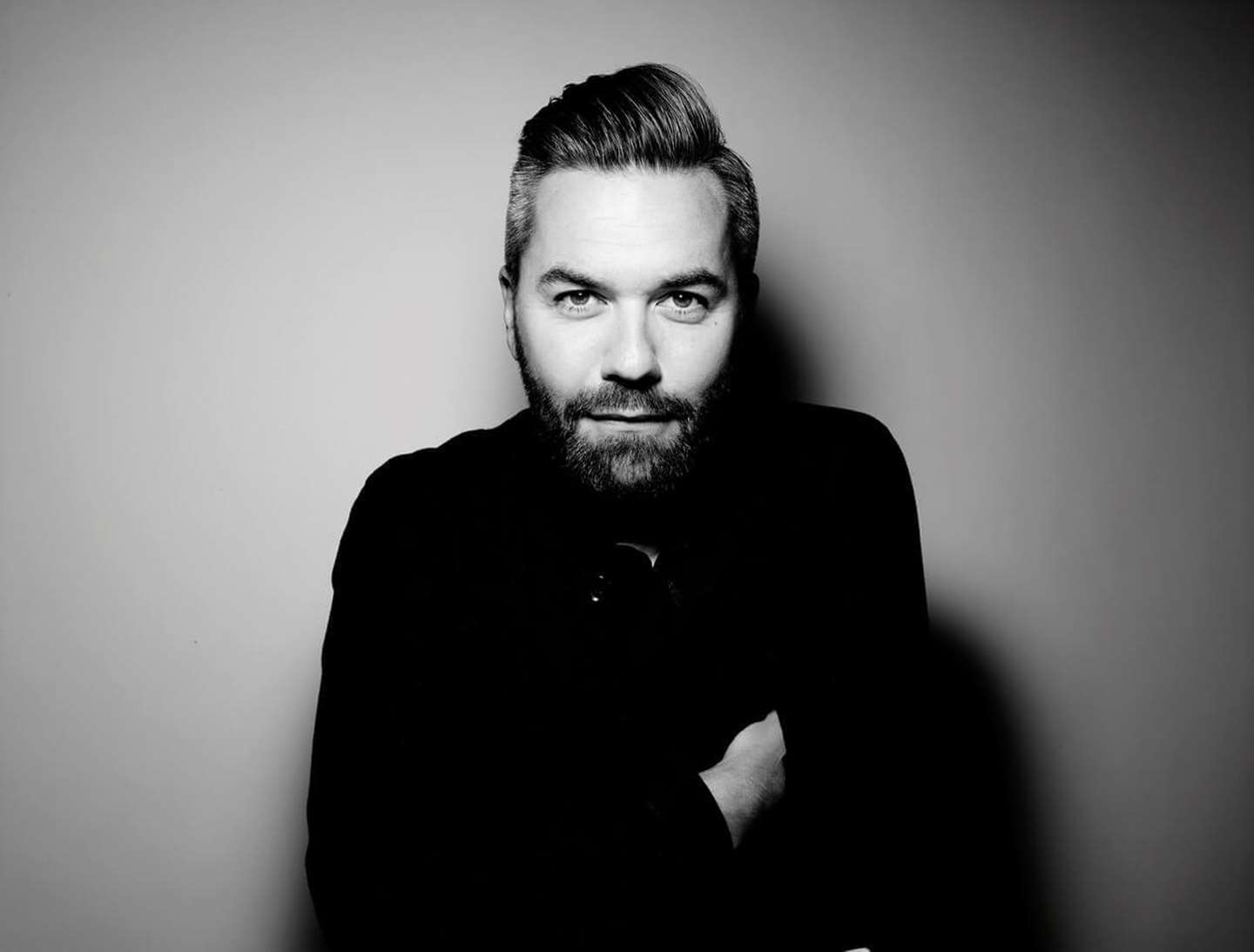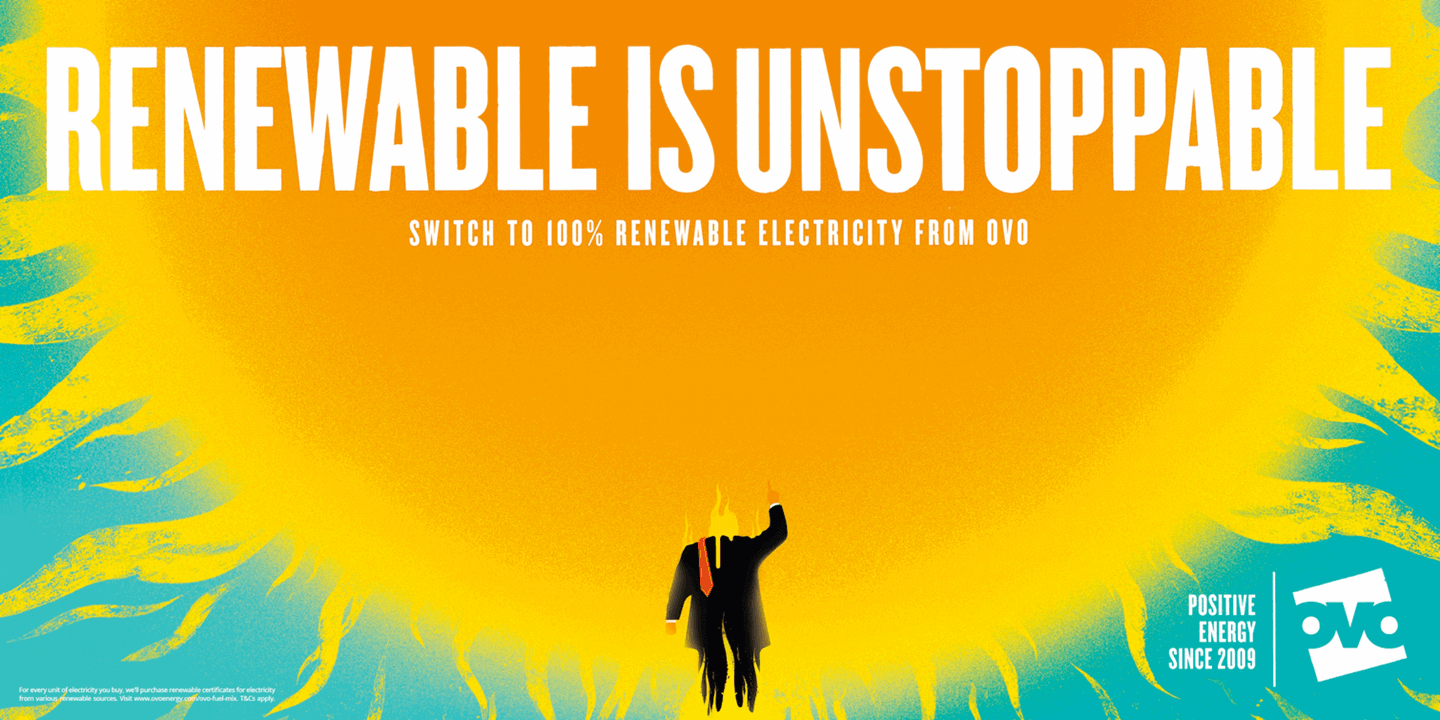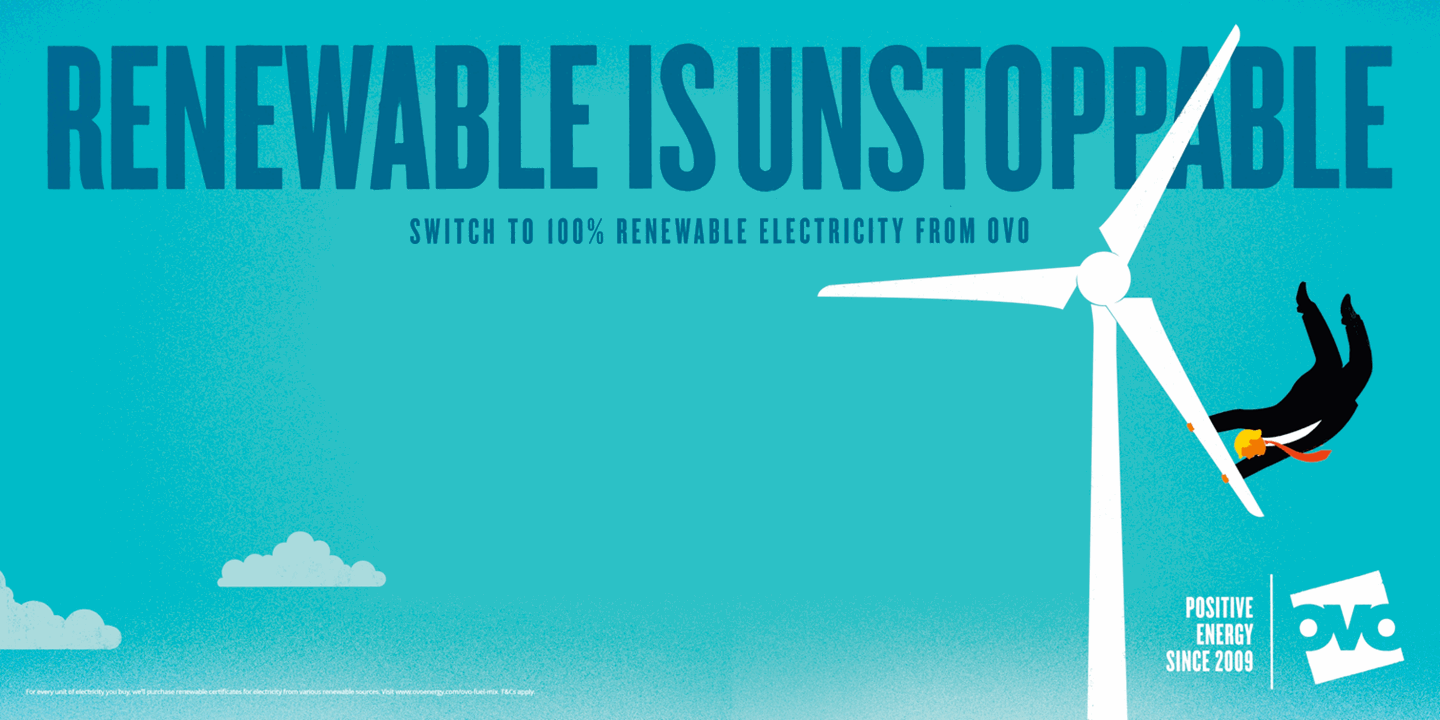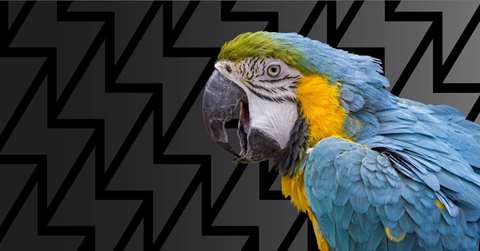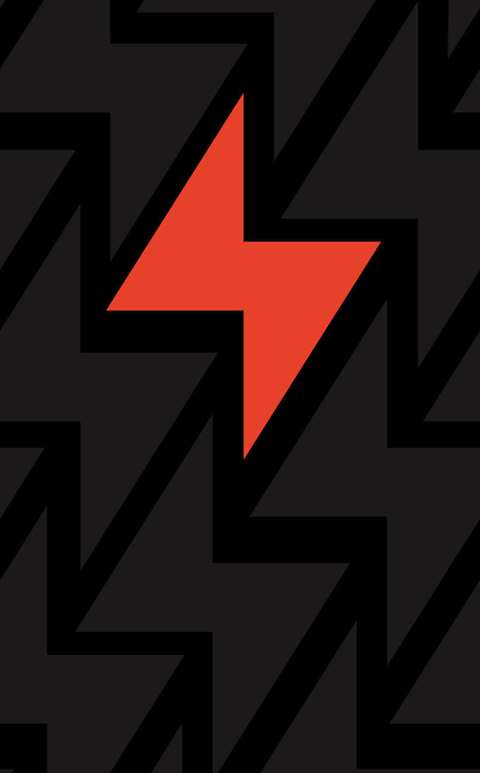The power of print at a glance
- Images have never travelled so fast – or been adopted by so many people. And that’s an exciting space for print to play in.
- Using creative talent from outside the advertising world can help make a bigger impact in print.
- A powerful image, alongside a rallying cry-style CTA, resonates – even with sceptical consumers.
OVO Energy, and its vision to create an unstoppable “energy system of the future – one that puts people and the planet first,” was the perfect fit for a values-led agency with a point to prove.
So, when Uncommon, whose philosophy is built on research showing most of us wouldn’t care a jot if 75 percent of brands simply vanished, was tapped to take the indie energy supplier mainstream – and differentiate it from the incumbents – the startup jumped at the chance.
The campaign’s message, masterminded by Nils Leonard and fellow Uncommon co-founders Lucy Jameson and Natalie Graeme, is ‘Power your life differently.’
This fiery, Trump-bashing, metal-thrashing, integrated campaign spans film and print, and shows folks how to safeguard their environmental future with a simple switch to renewables.


